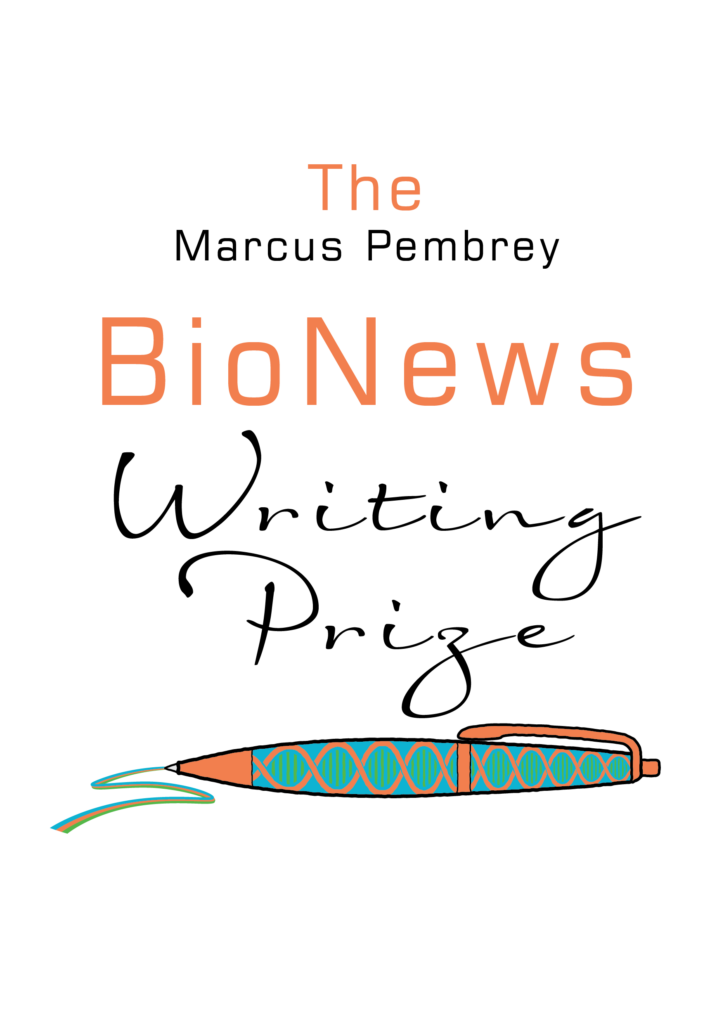The US National Institutes of Health (NIH) has announced a long-awaited registry of human embryonic stem cells available to scientists and the public. The registry lists 72 lines that meet the eligibility criteria set by President Bush. Some of the 72 lines are sub-clones of lines that were previously identified. The NIH has also announced that it has begun to accept applications from scientists who want to work with the stem cell lines. Researchers have up until 27 November to submit applications.
The registry has been promised since September, when US Health and Human Services (HHS) Secretary, Tommy Thompson, announced that the details of 64 stem cell lines would be posted on the NIH website within two weeks. Scientists have grown impatient with the delay as funds could not be applied for without the information contained in the registry. Dr Wendy Baldwin of the NIH explained that the registry had taken longer than expected to finalise because of disruption in the US government following the September terrorist attacks.
Dr Baldwin acknowledged that representatives from the US government had met people from the 10 laboratories that hold the stem cell lines available for use to discuss terms of their use by other researchers. She also confirmed that the Indian company, Reliance, which controls seven of the 64 stem cell lines on the registry, was to be investigated over claims made that it produced an unusually large number of embryos just before the Bush decision was announced. Senator Arlen Specter, a supporter of stem cell research, has also expressed concern that consent rules in Sweden may limit access to the stem cell lines held there. Current rules in Sweden limit consent from donors to six months, and allows donors to reclaim cells derived from their embryos after that time has elapsed.
Sources and References
-
Stem cell registry moves closer to launch
-
Stem cell studies vie for financial backing
-
US lists stem cell availability for researchers





Leave a Reply
You must be logged in to post a comment.